Over the past two years, I’ve traveled to museums and historic sites across the United States. I call them road trips, but some of them involved flying, and some a combination of flying and driving.
We’ve all read online articles about museums where it’s obvious that the author never visited the museum. That’s not me. I want to visit a museum, meander through the exhibits, chat with the staff, observe the visitors, and gain in-person insights. Some people have said I’m a bit like a “secret shopper!”
The Planning Process
I made five trips, visiting 32 cities and towns, and each trip ranged from six - 11 days. I also had a few random 2-3 day trips, as well as visits to museums in my hometown. Sometimes a city was a single museum visit like Shaker Village in Harrodsburg, Kentucky, or the Eric Carle Museum of Picture Book Art in Amherst, Massachusetts. Other times, like in New York or Washington, D.C., I visited five or six museums over a few days.
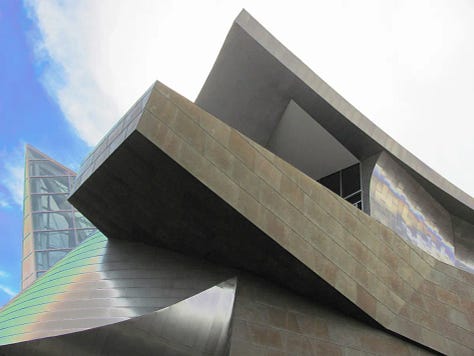
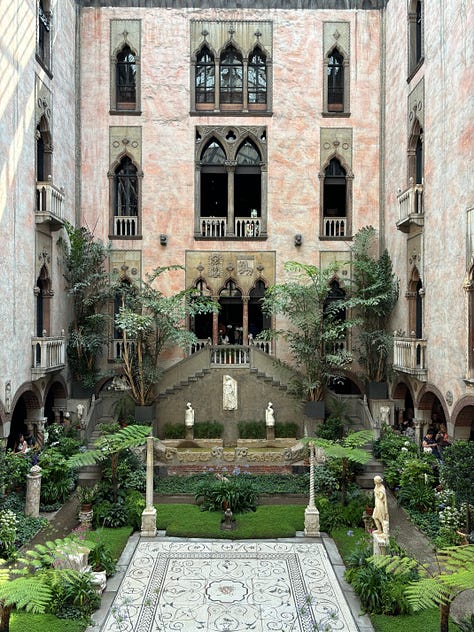
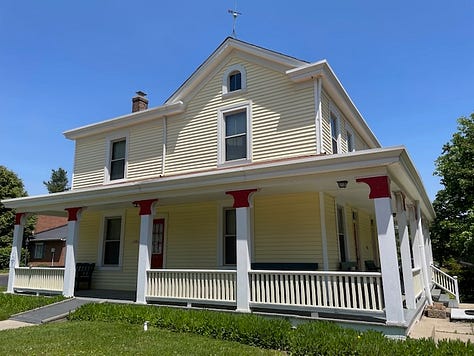
Planning the trips is very time-consuming! One of the most challenging issues is organizing each trip to correspond with which days museums are open. Some museums are open seven days a week. Other museums might be closed on Tuesday and Wednesday. Others are only open Thursday - Sunday.
Once I figure out the daily museum schedule, I then book flights and/or rental cars, followed by hotels, followed by local transportation notes. Will I walk, travel by public transport, take a Lyft, or rent a car? One app that I started using last year that I love is CityMapper! It provides options with great detail whether you’re walking, taking public transport, or driving. When I’m not on one of my museum road trips, my travel plans are much looser, but because I’m trying to pack in as many museums as possible, the schedule for museum road trips is tight and very precise.
I am an excellent packer. In order to make my travels as smooth as possible, I pack light and never check any luggage. I carry a small backpack and am willing to wash things out at night. My concession to fashion is that I pack a couple of my favorite scarves!
Selecting the Museums
Often I’m asked how I select the museums. I’ll admit that it’s rather random. I might select a museum or historic site because I’ve been there before and am a fan. Or, I might pick it because it has an interesting special exhibit that I want to see. Or, I might have read about it and thought it sounded intriguing. And, I also consider where museums are located in relation to other museums in the town I’m visiting. For example, there was a historic house museum I wanted to visit in Seattle but it was on the outskirts of town and would have taken up too much time to travel there and back.
I’m aware that I tend to select my favorite type of museums which are art museums and historic house museums. All types of museums fascinate me, but when making choices about which museums to visit, I’ll admit that I’m more likely to visit an art museum than a science museum. Although, I will be writing about my visits to several natural history, science, and children’s museums in the future, so I do push myself to be fairly broad in my museum selections.
These are very intentional museum trips so I seldom include non-museum touristy sites. I did go to the Space Needle in Seattle, partly because it was right next to one of the museums I was visiting. And, in the evenings, I’m entering my thoughts into my database, posting on social media, and organizing my photos, so I seldom do anything fancy for dinner. Although, at Colonial Williamsburg, I did make a reservation at Christiana Campbell's Tavern where George Washington once ate - very fun! And one day in Portland, Oregon, I drove to the Pacific Ocean, because, why not!
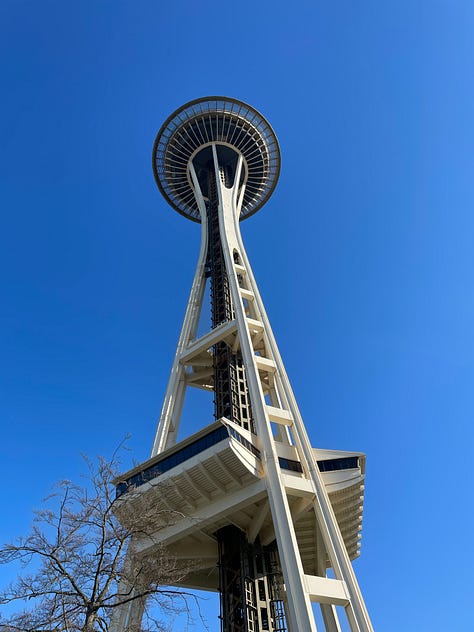
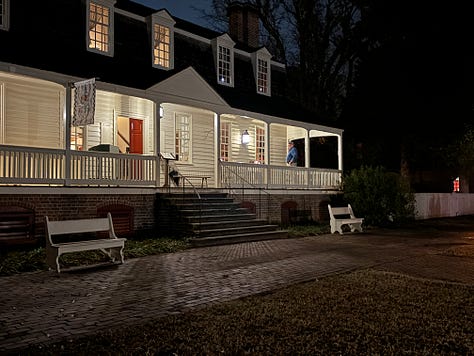
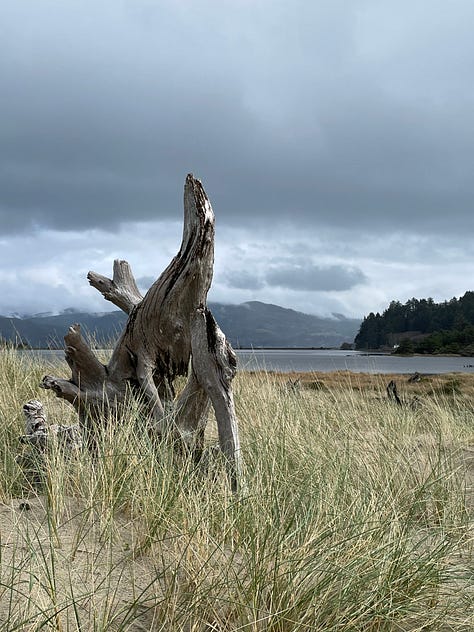
My One Question
I keep a checklist on my phone to remind me of everything I want to check out, and everything I want to take a photo of. And, I maintain a database that tracks info about each museum.
I start with the collection. Does the collection fit with the mission of the museum? Are the artifacts well-maintained? Can I discover a hidden gem - something intriguing or amazing that most visitors don’t pay attention to? To help me find that gem, I have one question that I ask at every museum. “What’s one of your favorite objects in the museum that I might miss if you didn’t tell me about it?” Most people pause, then they get a big smile, and they say, “I’ve never been asked that…” Then they tell me about a gallery most visitors miss, or a piece of ancient Roman jewelry that they love, or a hands-on science activity that I just have to do!
This is the checklist I keep in Notes on my phone:
Collection, focus, care, display
Most famous or best-known artifact
Surprise gem of an object
Tiny details: inlay, frames, call buttons
Orientation
Wayfinding
Hospitality
Seating
Storytelling: labels, guided tours, audio tours, apps
Intentional, planned mental wellness opportunities
Mental wellness opportunities that are unplanned
Look up, down, and around for architectural delights
Cafe or restaurant
Gift shop
Exterior, gardens, land
All of the insights I gather turn into essays or social media posts. My goal is to share about museums in a way that might nudge someone to visit. And, perhaps more importantly, to provide readers with an opportunity to expand their learning and to escape for a few moments from the stress of daily life.
Whether you visit museums in-person or learn about them online, what’s one thing that you look for in a museum?




